Junkyard Find: 1976 Audi 100 LS Sedan

The Audi 100 was the car that made most Americans aware of the Audi brand for the first time. The 100 wasn’t particularly reliable in American hands, to put it mildly, and most examples were long gone by the time the 1980s came to a close.
Here’s a long-neglected ’76 that just showed up in a Colorado Springs self-service wrecking yard.
The mid-grade LS was the only 100 model available in the United States from 1974 through the end of first-generation 100 sales in 1977.
This one was sold new in Colorado Springs, and it will be crushed in Colorado Springs.
The heavy buildup of leaf litter, rodent nests, and twigs in and on this car suggests that it spent at least a decade sitting outside, possibly awaiting repairs that never came.
The duct tape blocking operation of the HVAC controls tells a sad story of flaky 1970s VAG electrical components, and may be an indicator of the (most severe) problem that parked this car forever.
I saw this car while harvesting vast quantities of parts during the All-You-Can-Carry-For-$59.99 Junkyard Sale, so I grabbed these cool-looking fender badges.
Not legal in 1976 California!
These cars were comfortable and reasonably luxurious for the price, and a 95-horsepower straight-four was acceptable power in a 2,531-pound car during the depths of the Malaise Era.
List price was $7,100, which comes to about $31,280 in inflation-adjusted 2017 dollars. For less than half that price, American car shoppers in 1976 could have had a cruder, rougher-riding, but orders-of-magnitude-more-reliable Chevy Nova. In hindsight, the bulletproof $9,172 Mercedes-Benz 230 was worth the extra money to American car shoppers seeking European sophistication and styling.
Exactly like a Cadillac Eldorado or Ferrari Dino!

Murilee Martin is the pen name of Phil Greden, a writer who has lived in Minnesota, California, Georgia and (now) Colorado. He has toiled at copywriting, technical writing, junkmail writing, fiction writing and now automotive writing. He has owned many terrible vehicles and some good ones. He spends a great deal of time in self-service junkyards. These days, he writes for publications including Autoweek, Autoblog, Hagerty, The Truth About Cars and Capital One.
More by Murilee Martin
Latest Car Reviews
Read moreLatest Product Reviews
Read moreRecent Comments
- Probert They already have hybrids, but these won't ever be them as they are built on the modular E-GMP skateboard.
- Justin You guys still looking for that sportbak? I just saw one on the Facebook marketplace in Arizona
- 28-Cars-Later I cannot remember what happens now, but there are whiteblocks in this period which develop a "tick" like sound which indicates they are toast (maybe head gasket?). Ten or so years ago I looked at an '03 or '04 S60 (I forget why) and I brought my Volvo indy along to tell me if it was worth my time - it ticked and that's when I learned this. This XC90 is probably worth about $300 as it sits, not kidding, and it will cost you conservatively $2500 for an engine swap (all the ones I see on car-part.com have north of 130K miles starting at $1,100 and that's not including freight to a shop, shop labor, other internals to do such as timing belt while engine out etc).
- 28-Cars-Later Ford reported it lost $132,000 for each of its 10,000 electric vehicles sold in the first quarter of 2024, according to CNN. The sales were down 20 percent from the first quarter of 2023 and would “drag down earnings for the company overall.”The losses include “hundreds of millions being spent on research and development of the next generation of EVs for Ford. Those investments are years away from paying off.” [if they ever are recouped] Ford is the only major carmaker breaking out EV numbers by themselves. But other marques likely suffer similar losses. https://www.zerohedge.com/political/fords-120000-loss-vehicle-shows-california-ev-goals-are-impossible Given these facts, how did Tesla ever produce anything in volume let alone profit?
- AZFelix Let's forego all of this dilly-dallying with autonomous cars and cut right to the chase and the only real solution.




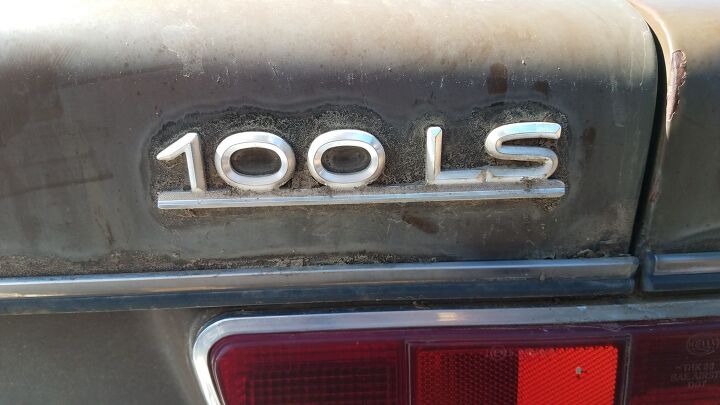






























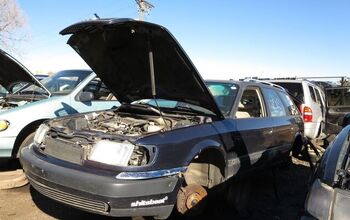
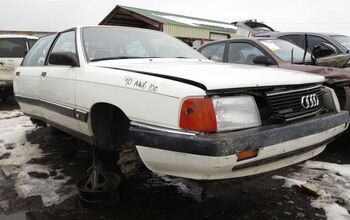
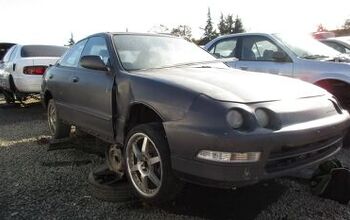
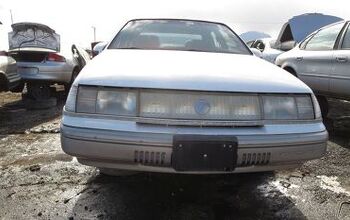
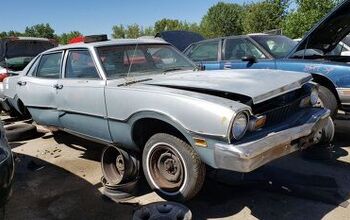













Comments
Join the conversation
These became fairly popular in the suburbs of NYC where I grew up. Some folks had tired of or had bad experiences with what was coming out of Detroit but were not quite in the income bracket for a Benz bought these. A few even moved up to the 1st generation 5000 when it was introduced in 1978. I guess their ownership experience was ok or their experience with the big 3 was so bad that the repairs on these seemed normal.
Really, what I am reading seems typical "reliability" of all cars in that period. I once helped out a damsel in distress whose Audi (I think a Fox) just flat wouldn't run: on most cars of that period after a couple years you could expect the EGR valve to fail open and constantly feed exhaust gas to the intake; OK at speed, but it meant the car would not idle or run at small throttle openings. You could diagnose it quickly by pulling off the vacuum line and holding your finger over it. If the car ran normally, it meant the EGR valve had failed open. My usual fix was to cut a piece of aluminum drink can and slip it between the valve and the gasket to block the hole in the intake manifold, then reinstall the vacuum line on the EGR valve. Fast and easy if the gasket didn't get torn when you pulled to separate the EGR valve from the intake. Unfortunately, all I got from the damsel was a heartfelt thanks, no date...